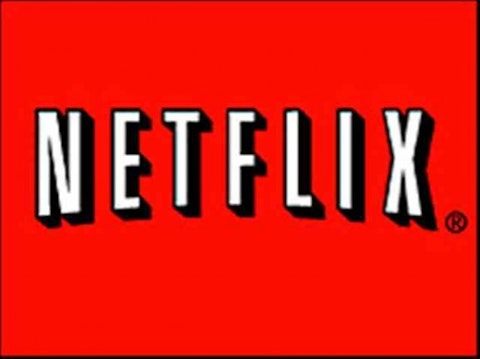On Tuesday, RBC analyst Mark Mahaney resumed coverage of Netflix, Inc. (NASDAQ:NFLX) with a buy rating and a $210 price target. While many investors have become bullish on Netflix recently, Mahaney’s decision to place a buy rating on the stock was odd for two reasons. Most obviously, he’s a little late. Netflix, Inc. (NASDAQ:NFLX) shares have already more than tripled in the past six months! While Mahaney sees another 15% upside, investors who have been waiting on his call missed the real party.

Netflix 6 Month Price Chart, data by YCharts.
However, the rating was also bizarre because the underlying analysis was not very bullish. Mahaney expects the domestic subscriber base to continue growing, but only at a moderate rate. Meanwhile, he expects the international business to lose money for at least two more years. With these parameters, Netflix, Inc. (NASDAQ:NFLX) looks more like a sell.

In an interview on CNBC on Tuesday, Mahaney stated that Netflix, Inc. (NASDAQ:NFLX) could continue to add around 5 million domestic subscribers per year for the next few years. The main growth driver, in his opinion, is the ongoing shift of video consumption from TV to the Internet. In his research note, Mahaney pinned down his growth expectation further, predicting 39 million domestic streaming subscribers by 2015.
This implies an approximately 15% CAGR in subscriber numbers (and domestic streaming revenue, assuming no price increases), depending on exactly when in 2015 Netflix hits 39 million subscribers. By contrast, Netflix grew its domestic subscriber base by 25% in 2012, and “real” Netflix, Inc. (NASDAQ:NFLX) bulls like my fellow Fool Anders Bylund expect growth to remain above 20% for at least the next few years.
The upshot
I think Mahaney’s subscriber growth estimates are probably on target. Competition from Amazon.com, Inc. (NASDAQ:AMZN) , which seems willing to run its Prime Instant Video service at a loss, will intensify over the next year or two. Furthermore, the streaming service has high churn: Netflix has thrown out numbers like 5% per month previously. As the subscriber base increases, it becomes harder to offset that churn: If churn is still 5%, that means that 1.35 million Netflix users are canceling every month. Even if Netflix’s investments in original and exclusive content eventually reduce churn to 3%, that still becomes a big drag as the subscriber count approaches 40 million or 50 million.
If Mahaney’s relatively modest subscriber growth projections hold true, domestic streaming profit will not replicate its recent growth. Domestic streaming contribution profit more than doubled from fourth-quarter 2011 to fourth-quarter 2012, due to 24% revenue growth offset by a modest 13% increase in costs. I do not expect cost growth to slow significantly in the near future; with competitors like Amazon joining the bidding, content prices will probably continue to rise. However, if revenue only grows by 15% going forward, the contribution margin will not expand much further. This implies that profit from domestic streaming will only grow at perhaps 20% annually, which is not enough growth to justify Netflix’s sky-high forward P/E of 65.
Looking ahead
Given that Mahaney expects the international business to continue losing money in the near term, and that the DVD-by-mail business is in secular decline, it is hard to make a bullish case for Netflix based on his subscriber-count projections. To justify the current share price, Netflix will need to keep growing its domestic subscriber count by at least 20% annually for the next few years.
The article Netflix Gets a Bizarre “Like” From RBC originally appeared on Fool.com and is written by Adam Levine-Weinberg.
Fool contributor Adam Levine-Weinberg is short shares of Netflix and Amazon.com. The Motley Fool recommends Amazon.com and Netflix. The Motley Fool owns shares of Amazon.com and Netflix.
Copyright © 1995 – 2013 The Motley Fool, LLC. All rights reserved. The Motley Fool has a disclosure policy.





